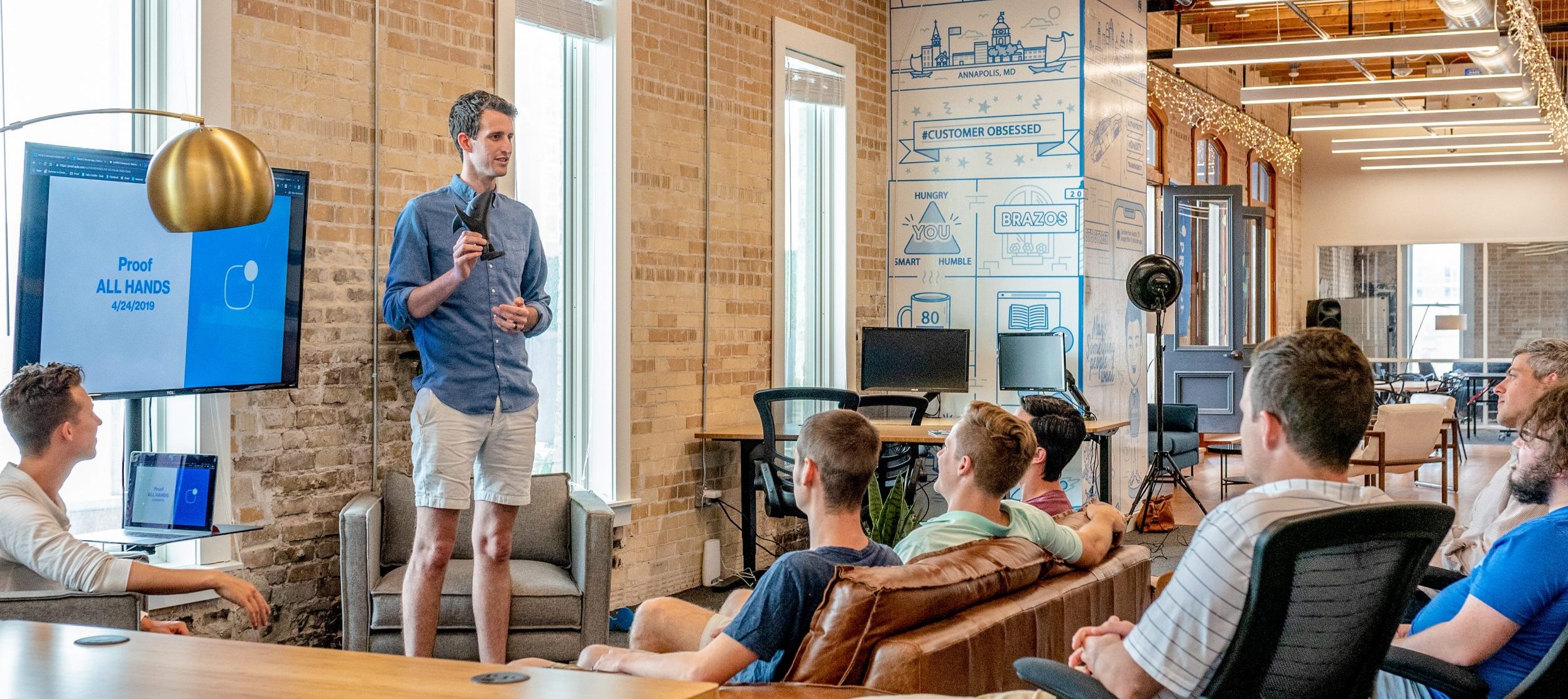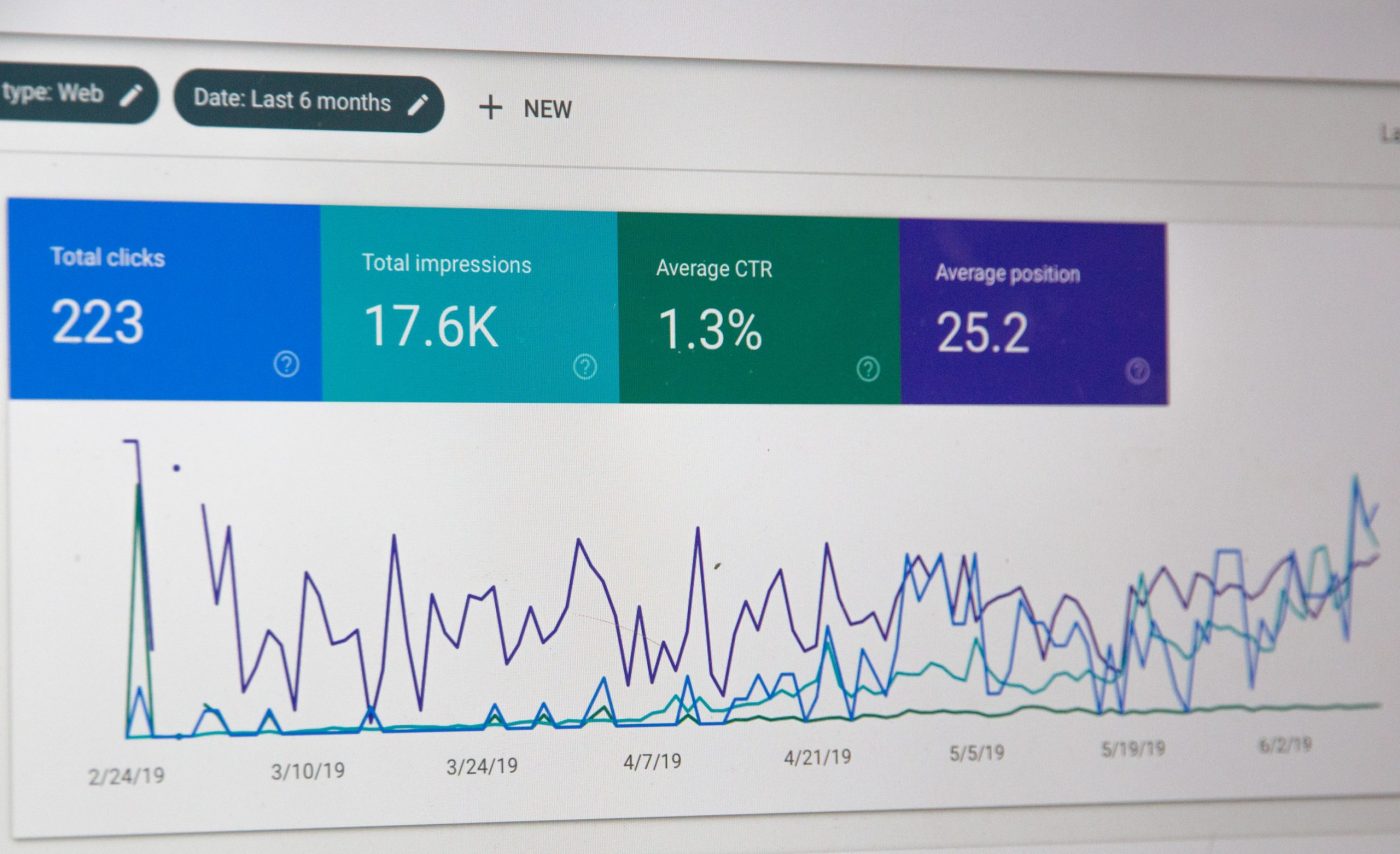Coronavirus hasn’t just affected the daily lives of billions of people across the globe.
It has also forced businesses to make numerous changes in the way they operate. Many have been forced to adjust to social distancing regulations, figure out remote working, and understand how they can keep their heads above water.
That’s why, we’ve been sharing with you several SEO tips over the last few weeks that can help your business get through these challenging times. Hopefully, they’ll also help you to see the glimmer of opportunity that lies in this crisis and help your business thrive.
So far we’ve covered what the coronavirus means for your SEO and why you need to keep creating content during the outbreak.
Today, we’re going to turn our attention to link building and explain why it matters, and which factors you need to take into consideration now.
What is link building?
You can think of link building as a way of building connections online.
Put simply, it involves asking another website to add a hyperlink to your website as a valuable resource for their users. Usually, the better the website that links to you, the better your rankings.
These are just some of the reasons why link building forms such an important part of any search marketing strategy.
How do you build links?
Building effective, high-quality links isn’t an easy task, despite how we’ve made it appear above. Changes to the search engine algorithms mean that digital marketers are constantly adjusting their strategies according to what is getting the best results.
Some of the main ways to build links include:
- Outreach. Just tell someone else in your niche you have content that they might love then share it with them, then hope that they’ll share it with their readers. That’s it. This can be a great way to earn a natural link.
- Guest posting. Guest posting involves approaching a high-quality website in your chosen niche and offering to create content for them for free. You’ll earn a link back to your website and help boost your traffic too.
- Content marketing. Content marketing involves creating content, contributing to expert publications, collaborating with other experts in your field and repurposing your existing content.
There can be a significant overlap between these so most digital markers use a combination of several to help their clients achieve the results they are looking for.
Why does link building matter?
As we’ve mentioned above, link building is a great way to help improve your rankings. But that’s not all it can do. It’s also an excellent way to build relationships with other experts in your niche, build trust, increase your referral traffic and establish you as an authority in your niche.
Because of coronavirus, link building has become more important than ever. We need the support of community, of other professionals and businesses in our niche if we want to survive these difficult economic times.
Four great tips to help you navigate link building during coronavirus
Although many bloggers and marketing departments have been furloughed, links are still being built. In fact, many businesses and organisations are viewing these times as an opportunity to reconnect with their audience, tune in to the unique needs of their audience, add extra value, and position themselves as experts in their niche.
Here at Fibre Marketing, we’re proud to help that happen. Here are four tips for link building during COVID-19, based on our personal observations and research.
1. Show that you care
Real human connections and mutual support is more important now than ever before.
Because regardless of whether you’ve fallen sick or not, coronavirus will have taken its toll on your life.
That’s why it’s so important to stay friendly, approachable, and human when creating content for link building purposes and doing outreach. Provide real value to your audience. Make a difference to their lives.
Remember, link building isn’t just about hyperlinks- it’s also about building relationships and providing value to your audience. What better opportunity than now?
2. Choose who to reach out to, carefully
Although there are no hard and fast rules when it comes to who to approach for link building, we do have a few tips to share based on what seems to be working.
For obvious reasons, healthcare links haven’t been an issue as they are very timely and can work well if you’re a specialist in a certain field with facts to share.
When it comes to other industries, we’ve seen a bit of a mixed bag.
For example, although travel is an industry that has been hard hit, there have been a few publications wanting new travel content to stoke the flames of wanderlust. But note that this hasn’t applied to every site in the industry.
Again, this is likely to change over the coming months and years as we come out of lockdown and adjust to the new realities of the economy.
3. Consider the most effective topics
We’ve noticed that certain topics have become very popular over the last few weeks and are worth focussing your efforts around. This includes anything relating to gardening, mental health, and working from home.
Clearly, these are very general ideas and could spark any number of possible content titles that would resonate with the audience in question. To narrow down these ideas, first consider whether your business has a unique angle to offer, advice to give, or can provide further value to your target audience.
It’s also worth having a look at what people are talking about. Topics that seem to work well during coronavirus seem to be related to:
- Social distancing
- Helping the sick and those in need
- Positivity and self-development
- Parenting/homeschooling during a pandemic
- Technology: how it can help your business to continue and maintain social connections
4. Use what you have
Do you have any existing content that has resonated with your audience in the past and is relevant to the current situation?
If so, consider using this content for link building purposes or editing/rewriting it to provide even more value.
This could help you save valuable time and money and could also help you build your authority as an expert in your niche.
Summary
Navigating the current coronavirus pandemic isn’t easy for any of us. But that doesn’t mean that your digital marketing efforts have to crumble.
There has never been a better time than now to build those valuable connections with your community, demonstrate your expertise and support your audience.














